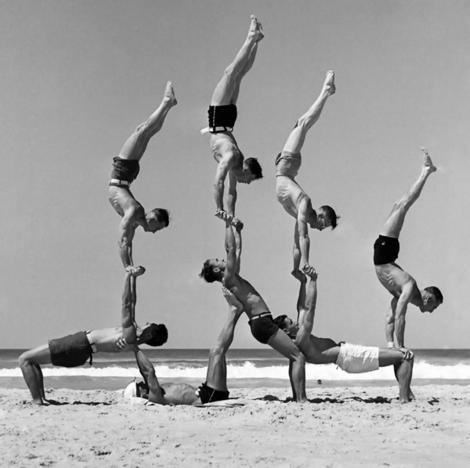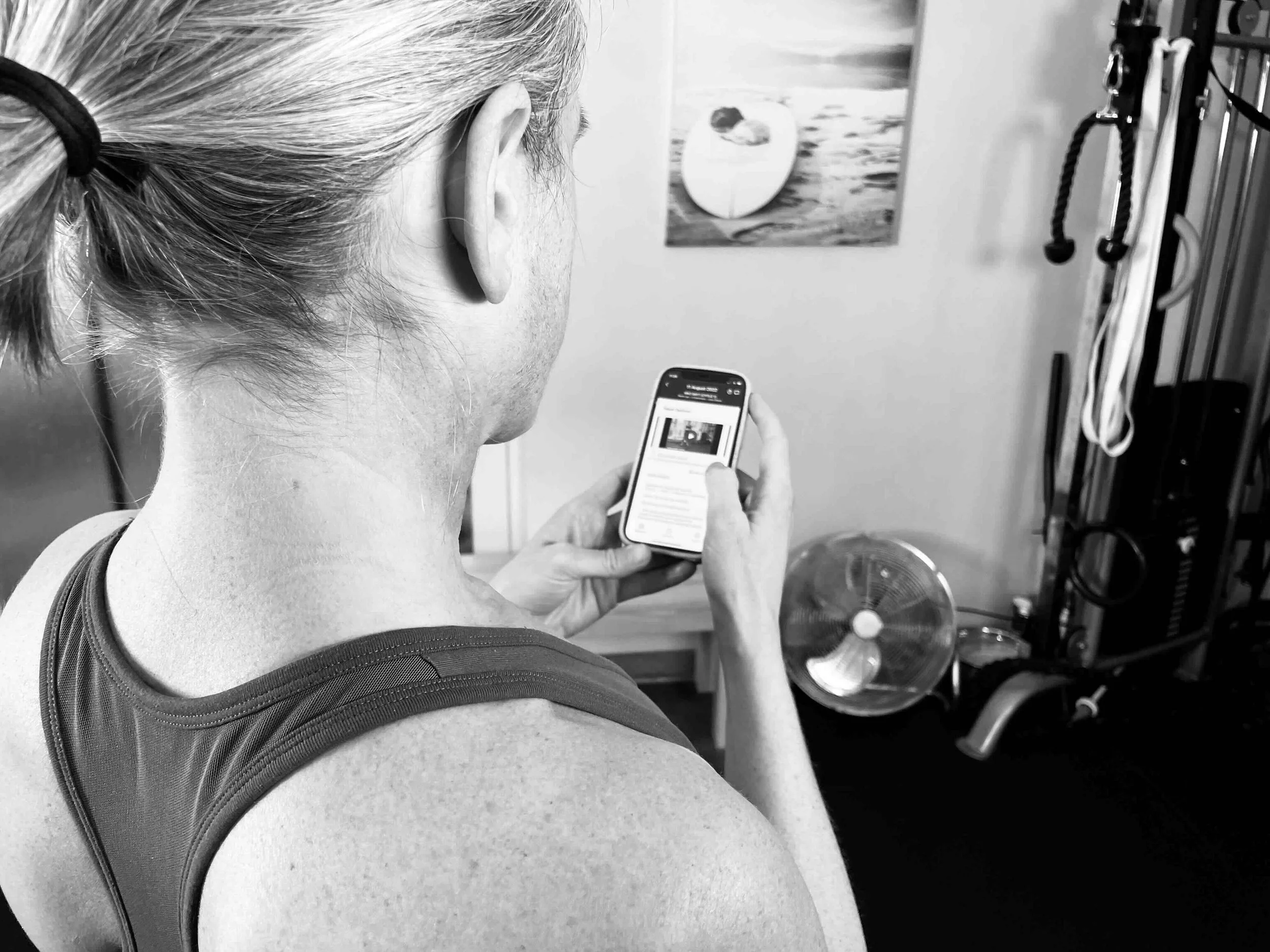Rolling is a fundamental movement we all learned how to do during neurodevelopment, it is the second milestone in neurodevelopment after head control. Rolling combines the use of the upper extremities, core, and lower extremities in a coordinated manner to move from one posture to another. This is done from prone (face down) to supine (face up) and supine to prone.
Rolling is commonly utilised in neurological rehabilitation but is just as important and effective in any rehabilitation programme, particularly for those who have dysfunction in rotational movements or who play rotational dominant sports. It can be used as an assessment and it is also the corrective. There are several cues to help improve someone's rolling pattern and also regressions available.
It is a great method to assess for and correct inefficient movements that involve rotation of the trunk and body; weight shifting in the lower body; and coordinated movements of the head, neck, and upper body.
Upper limb rolling begins with the eyes and head moving in the transverse/rotational plane with the body being taken along for the ride - "where the eyes go the body will follow". Rolling can be done either leading with the upper limb or lower limb, depending on your assessment findings and needs.







A lot of people own foam rollers but don't know how to use them.
There are a lot of ways to release tension using a foam roller & technique will always come into play.
Best to know the HOW (how to do the movement with good technique) and the WHY (what muscles you are targeting) before letting loose on the foam roller.
We will reveal to you the many different uses for the foam roller as well as the HOW's and WHY's.